Teaching materials
On this page, you will find lesson plans and classroom experiments. Please also feel free to take a look at our multimedia page.

Lesson plans
SRP lesson plans
In collaboration with the British Society for Radiological Protection, several lesson plans were translated into Dutch and French. These interactive teaching activities are aimed at STEM directions for the third year of secondary education and deal with nuclear fission, half-life and the basic principles of radiological protection.
Lesson plan: Now for Tomorrow
In the lesson plans of ONDRAF/NIRAS you will find information, didactic learning formats and assignments suitable for 16 to 18 year old pupils on the debate about the future of radioactive waste. More information (in NL, FR or DU language).
ONDRAF/NIRAS lesson plan: 'Safe in 1-2-3'
In order to teach children the reflex measures in the event of a nuclear emergency, the lesson plan 'Safe in 1-2-3' was developed by ONDRAF/NIRAS. Using a digital tear-off calendar with videos, riddles and practical assignments, third-grade primary school children will learn what to do in the event of a nuclear incident. info [at] niras [dot] be (Contact ONDRAF/NIRAS) for this lesson plan.
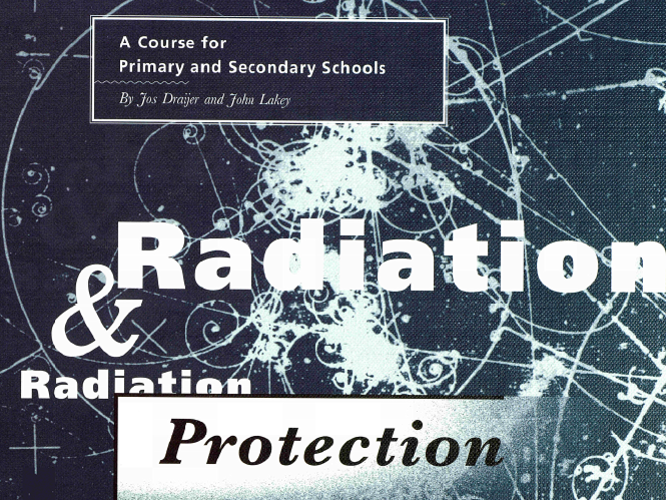
Lesson series for primary and secondary education
The European Commission has developed a lesson series on ionising radiation and radiation protection for different age groups, ranging from 6 to 16 years. These have been published online as a downloadable PDF bundle.
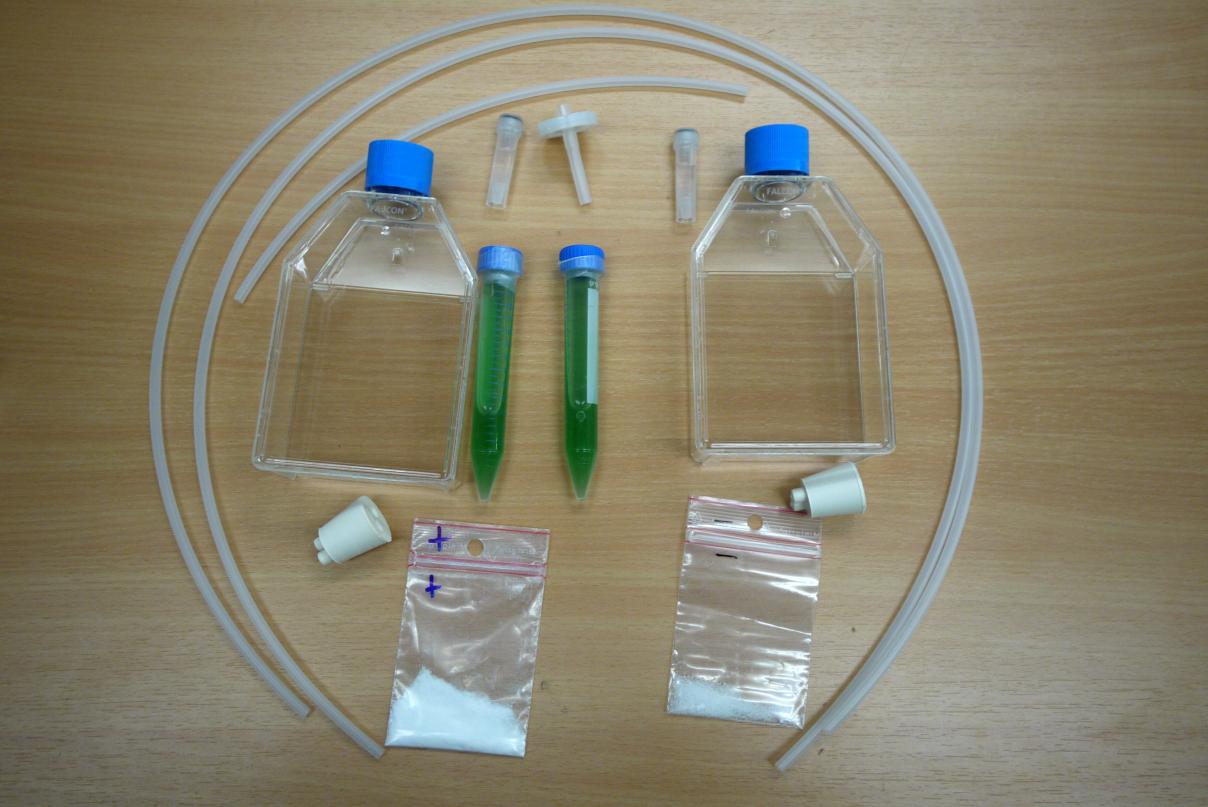
Classroom experiments
MELiSSA classroom experiment with spirulina
In collaboration with ESERO, the educational arm of the European Space Agency, ESA, an experimental kit has been developed for secondary education using the spirulina bacterium. The same experiment was conducted on the International Space Station ISS. academy [at] sckcen [dot] be (Contact us) for more information if you want to try it yourself.
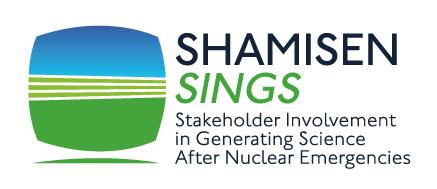
Measure radiation with your smartphone
As part of research into nuclear emergency planning, several tests were conducted for measuring radiation from your smartphone. You can try this too using the recommendations from the Shamisen Sings project. Read more about this project.
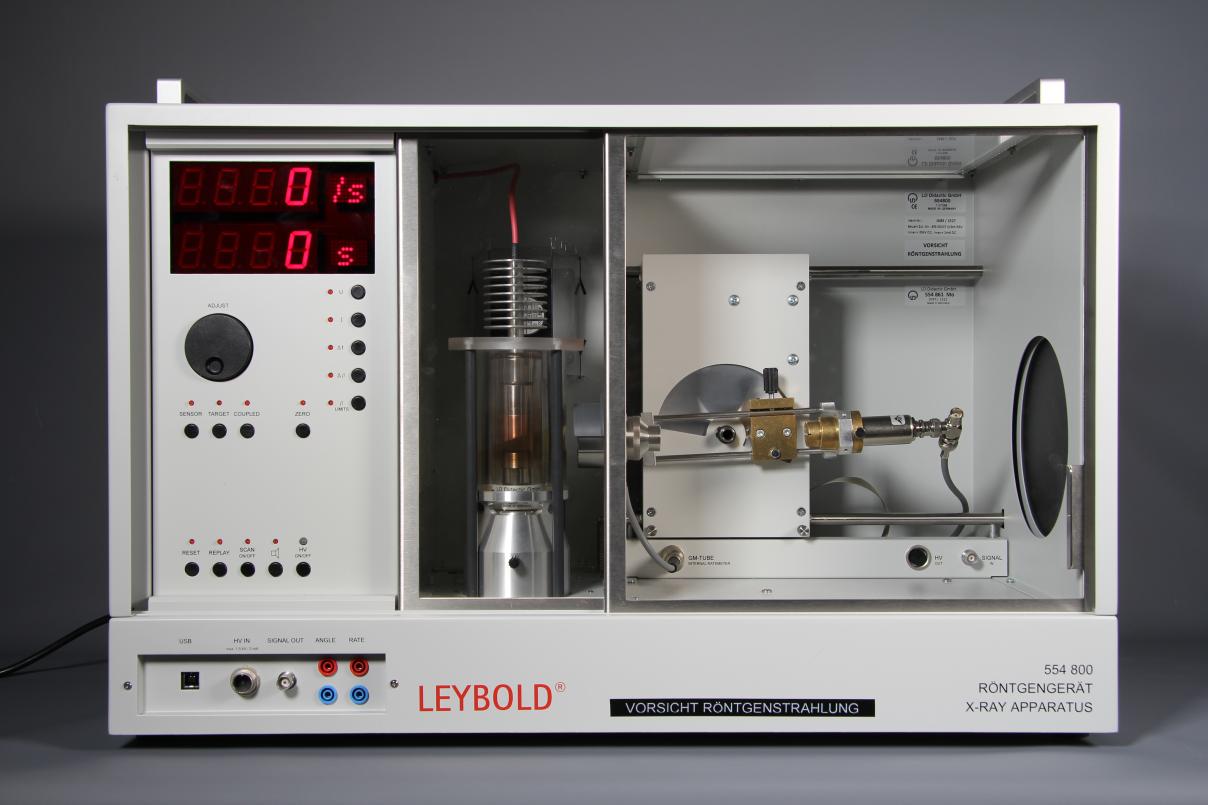
Interactive online experiments
The University of Hanover has developed some interactive online experiments for measuring radiation without coming into contact with any ionising radiation yourself. Some of this information is only available in German. Discover them for yourself through the following links:
- Virtual experiment for measuring the half-life of Ba-137
- Virtual laboratory in radiochemistry
- Interactive experiments on ionising radiation
- Interactive experiments on shielding and measuring radiation
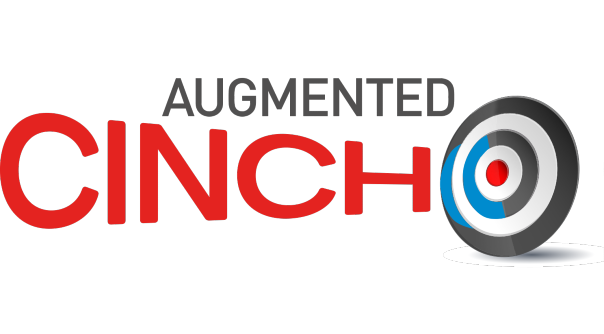
In the framework of the Augmented CINCH project, lots of training resources have been summarized on their HUB, including a virtual lab where experiments (only compatible with Mozilla Firefox) related to radioactivity and radiochemistry can be simulated.